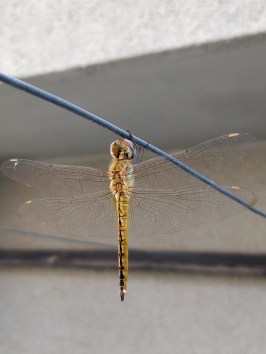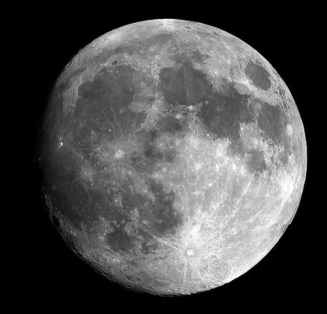![]() “You have stolen my dreams and my childhood with your empty words. And yet I’m one of the lucky ones. People are suffering. People are dying. Entire ecosystems are collapsing. We are in the beginning of a mass extinction, and all you can talk about is money and fairy tales of eternal economic growth. How dare you!’ said Greta Thunberg to world leaders at the UN.
“You have stolen my dreams and my childhood with your empty words. And yet I’m one of the lucky ones. People are suffering. People are dying. Entire ecosystems are collapsing. We are in the beginning of a mass extinction, and all you can talk about is money and fairy tales of eternal economic growth. How dare you!’ said Greta Thunberg to world leaders at the UN.
And that is a scolding they will not forget in a long time!
Greta, the girl, who in her teens is shaking up the world! Deeply concerned about the climate crisis, and even more concerned that world leaders were not taking it seriously, a few years ago, Greta took off from school to protest outside Sweden’s Parliament, calling for action on climate. She tried to get some of her school mates to join her, but no one was interested. So she took time off from school every Friday, and sat alone outside Parliament for three weeks, holding signs which said ‘School Strike for the Climate’, and handing out pamphlets. Her strikes found their way to social media and started attracting worldwide attention.
As time went on, inspired by her, more school children joined in, and organized protests in their own communities. This developed into the School Climate Strike movement, or ‘Fridays for the Future’. And there have been strikes involving tens of thousands of school children in major cities of the world.
So strong were these voices of the youth that Greta was invited to address the United Nations Climate Change Conference in 2018. Her advocacy is forcing governments to acknowledge that they need to do more for the future generations by taking climate action.
Greta is not just about advocacy and telling other people what to do. She challenged her family to adopt more a more environment friendly life style and reduce their carbon footprint. And she succeeded! Her family is vegan now, and her mother has even given up her career as an international opera singer—which involved a lot of air travel– in order to reduce her carbon footprint!
Greta herself made the headlines once again when in August 2019, she sailed across the Atlantic Ocean from Plymouth, UK to New York, US in a 60ft racing yacht equipped with solar panels and underwater turbines to participate in some key meetings. The 15-day voyage demonstrated that it was possible to reduce emissions and do a carbon neutral transatlantic crossing serving. Greta attended the UN Climate Action Summit in New York City and COP 25 (Conference of Parties) Climate Change Conference in Santiago, Chile.
Greta has told the world what young people expect. Will world leaders and adults like us be able to step and do what it takes?
–Meena




 oms get together, it is called oxygen molecule or just oxygen. When three oxygen atoms get together, it is called an ozone molecule!
oms get together, it is called oxygen molecule or just oxygen. When three oxygen atoms get together, it is called an ozone molecule!

 Who can have a problem with someone whose mission is to remove obstacles from your path? No wonder then, that Ganesha is a God whom all love. Wise, witty, with a sense of fun, he is quite the favourite.
Who can have a problem with someone whose mission is to remove obstacles from your path? No wonder then, that Ganesha is a God whom all love. Wise, witty, with a sense of fun, he is quite the favourite.